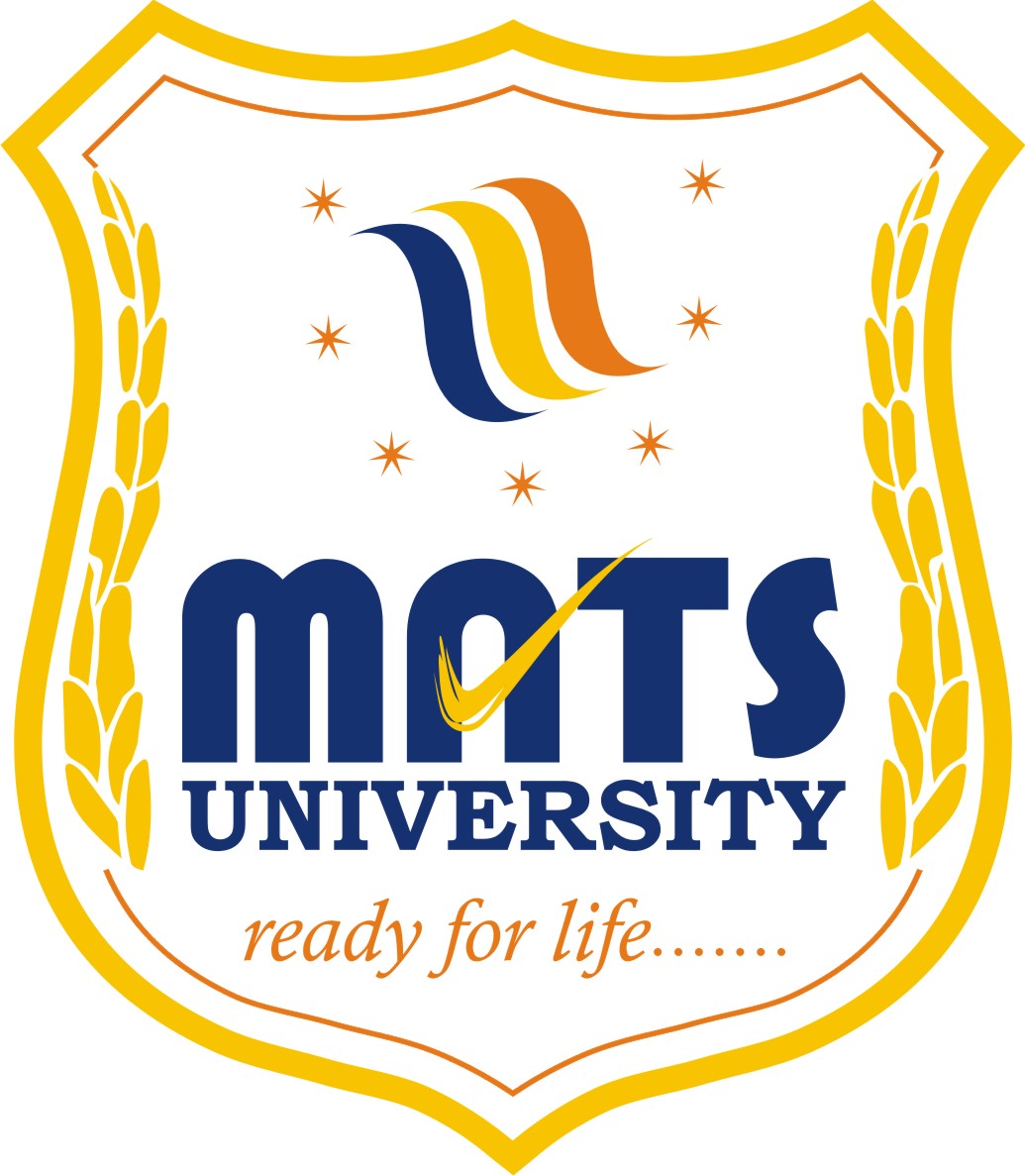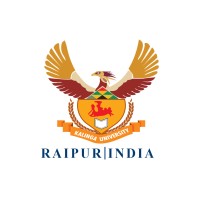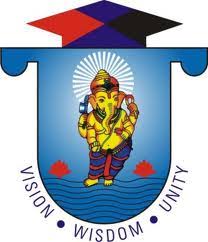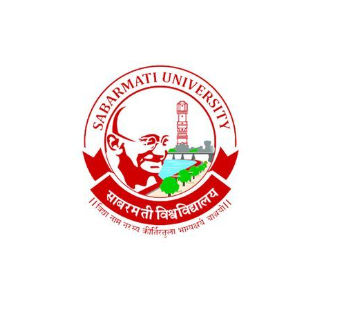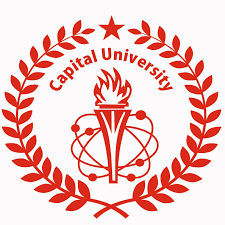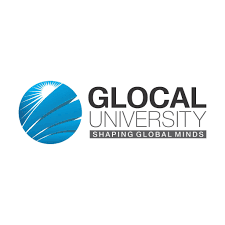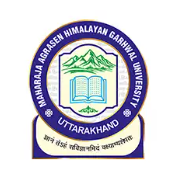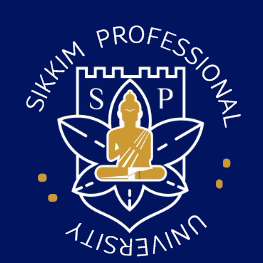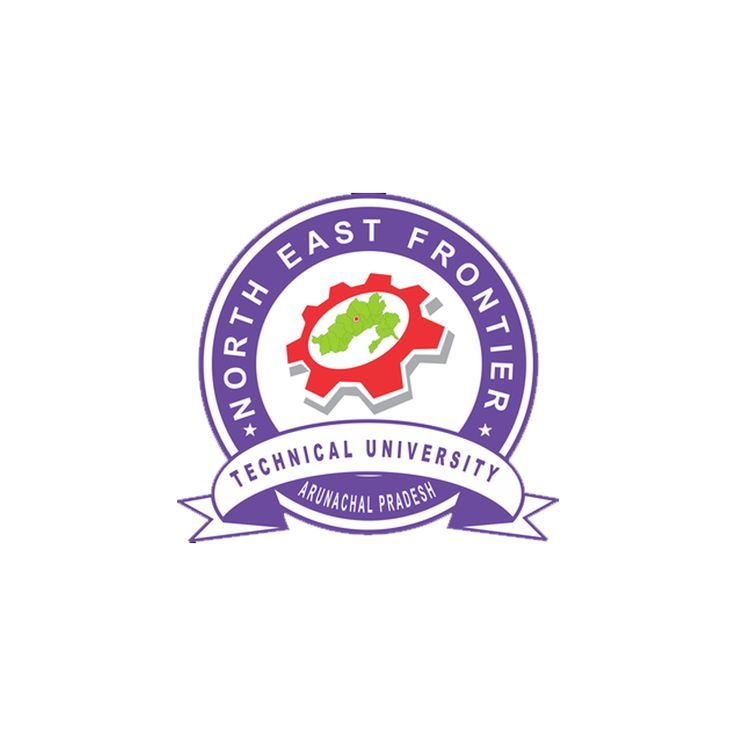Indegenous Art Practices Course Admission 2024-25 Shikshaglobe
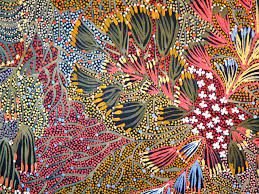
Indigenous Trades instrument Honouring Our Gifts (click here)
This instrument is designed to give literacy about Indigenous art that's anchored in and erected upon life gests and collaborative wisdom of the actors. Its purpose is to educate and develop traditional and contemporary cultural chops to scholars of tone- linked Indigenous strain, or persons with substantial ties to the Aboriginal community. It's also anticipated that successful completion of this instrument will give being crafters with the occasion to recognize their cultural gifts while learning the chops and knowledge necessary to foster their professional practices. The courses are designed to introduce and develop specific Indigenous-affiliated ways and design so that learners produce workshop inspired by traditional and contemporary approaches with regard to customary protocols and applicable to their own artistic surrounds. Knowledge of and chops in professional practices will be tutored for the creation of the Indigenous artist's work, through exhibitions and deals, therefore enabling the artist to contribute to the creation of their separate societies.
Read More: Hindustani Music Course Admission
Entrance conditions
B.C. secondary academy scale or original, or minimal 19 times of age before the first day of classes.
Attendance at an information session.
scholars will be needed to attend an interview.
scholars will need to submit a portfolio at the interview, conforming of at least five current workshop.
Submission of letter of intent and letter of community support.
Preparedness and commitment to take over the program of study.
particular felicity of aspirants will be assessed using a point- standing system. Points are awarded on portfolio, letters of support, letter of intent, and interview. This information will be covered at the information session.
Capability to substantiate strong ties to an Aboriginal community.
Aspirants must meet the Entry- position English language proficiency demand. For details on how this demand may be met, see the English language proficiency demand section of the timetable.
When to apply
operations are accepted for entrance to the Fall semester only. For operation deadlines, see Base for admission decision aspirants who meet the entrance conditions will be admitted in order of their operation date. This date is set when an operation, all needed attestation, and the operation figure have been submitted. freights and fresh costs
See the freights and Other Costs section.
In addition to education, costs include books, inventories, casing, refections, transportation, and particular charges. On average, scholars will pay$ education for the academic time. Books and fresh inventories bring roughly$ 600 per time. Prospective scholars are encouraged to make an appointment with Indigenous Student Centre staff to bandy backing options. The UFV Financial Aid and Awards office facilitates the disbursement each time of roughly$ 7 million in civil and parochial pupil loans,B.C. subventions, bursaries, literacy, and awards to UFV scholars.
Know More: NTT Course Institute In India
Program duration
The Indigenous trades instrument program is one time in duration. Although the program may be taken on a part- time base, it requires scholars' full commitment. While in class, scholars are anticipated to share in group conversations, introductory exploration, field passages, end of instrument exhibition, and to meet design deadlines.
Know More:
Indigenous Art Studies
This three- credit course introduces scholars to Indigenous art and artistic objects frompre-contact through contemporary cultural practice. Employingpost-modern, feminist, andpost-colonial education, scholars will discover how contemporary art literal study is reframing our former understanding of Indigenous trades and artistic practices. This course acquaints scholars with the practice of critical looking and introduces scholarly strategies for interpreting the material aesthetics and artistic history of Indigenous artworks. scholars will use their jotting chops to develop argumentative analyses of artworks and incorporate an expanded academic vocabulary in their assignments.
Exploring Different Types of Indigenous Art Practices
Course Admission
1. Traditional Indigenous Art Forms
In this section, we will delve into the diverse traditional
art forms of different indigenous cultures, such as painting, sculpting,
pottery, beadwork, and weaving. These courses are essential in preserving the
rich heritage and passing down artistic traditions from generation to
generation.
2. Contemporary Indigenous Art
Discover the fusion of traditional techniques with modern
elements in contemporary indigenous art practices. This section will explore
how these courses encourage artists to express their cultural identity in new
and innovative ways, attracting a broader audience.
The Importance of Indigenous Art Practices Course
Admission in Today's World
3. Cultural Preservation
Indigenous Art Practices Course Admission plays a crucial role in preserving cultural heritage. By learning these art forms, individuals contribute to the preservation of their community's traditions and knowledge, preventing them from fading away with time.
Read Also: NTT Franchise In India
4. Strengthening Cultural Identity
Participating in Indigenous Art Practices Course Admission
allows individuals to connect with their roots and strengthen their cultural
identity. As they gain proficiency in their ancestral art forms, they gain a
deeper understanding of their heritage.
Benefits of Pursuing Indigenous Art Practices Course
Admission
5. Personal Fulfillment and Well-being
Engaging in art can be a therapeutic and fulfilling
experience. This section will discuss how the creative process involved in
indigenous art helps individuals find inner peace and enhances their overall
well-being.
6. Skill Development
Indigenous Art Practices Course Admission equips individuals
with a wide range of skills, such as creativity, attention to detail, patience,
and perseverance, which are valuable not only in the artistic realm but also in
various aspects of life.
How Indigenous Art Practices Course Admission Enhance
Professional Development
7. Diverse Career Opportunities
Explore the various career paths that open up for those who
complete Indigenous Art Practices Course Admission. From becoming professional
artists to art educators and cultural advisors, this section will highlight the
diverse opportunities available.
8. Fostering Entrepreneurship
Indigenous art offers unique products that appeal to a global audience. By nurturing entrepreneurial skills, individuals can establish their businesses, promoting indigenous art worldwide.
Continue Reading: Theatre Arts Admission
The Role of Indigenous Art Practices Course Admission in
Career Advancement
9. Recognition and Exposure
Completion of Indigenous Art Practices Course Admission
provides artists with recognition and exposure, essential for career
advancement. We will discuss how showcasing artwork in exhibitions and
galleries can lead to promising opportunities.
10. Collaboration and Networking
Networking plays a significant role in the art industry.
This section will focus on how Indigenous Art Practices Course Admission
facilitates connections with fellow artists, curators, and art enthusiasts,
leading to collaborative projects and career growth.
Choosing the Right Education Course for Your Goals
11. Identifying Personal Interests
Guidance on how to select the most suitable Indigenous Art
Practices Course Admission based on individual preferences and interests.
Whether one aims to explore traditional art or embark on a contemporary
artistic journey, choosing the right course is essential.
12. Accreditation and Reputation
Highlighting the significance of selecting accredited
institutions and reputable educators for an enriching learning experience and
valid certifications.
Online vs. Traditional Indigenous Art Practices Course
Admission: Pros and Cons
13. Flexibility and Accessibility
A comparison of the benefits and drawbacks of online and
traditional classroom-based Indigenous Art Practices Course Admission. Factors
such as scheduling, learning environment, and interaction will be explored.
14. Learning Effectiveness
Addressing the effectiveness of online learning platforms
compared to traditional methods in acquiring artistic skills and knowledge.
The Future of Indigenous Art Practices Course Admission:
Trends and Innovations
15. Technological Integration
Discussing the role of technology in reshaping the landscape
of Indigenous Art Practices Course Admission. How virtual reality, augmented
reality, and online exhibitions are revolutionizing the way art is taught and
experienced.
The Impact of Indigenous Art Practices Course Admission
on Student Success
16. Building Resilience
Highlighting how the challenges and problem-solving involved
in learning indigenous art foster resilience and determination in students.
17. Enhanced Creative Expression
Exploring how Indigenous Art Practices Course Admission
encourages students to embrace their creativity, resulting in unique and
captivating artworks.
Addressing the Challenges of Indigenous Art Practices
Course Admission and Finding Solutions
18. Limited Resources and Funding
Discussing the financial constraints and lack of resources
that some individuals may face and offering potential solutions, including
scholarships and crowdfunding.
19. Cultural Sensitivity
Emphasizing the need for cultural sensitivity when learning
and teaching indigenous art forms to avoid cultural appropriation and
disrespect.
Understanding the Pedagogy and Methodology of Indigenous
Art Practices Course Admission
20. Hands-on Learning
Exploring the significance of practical learning experiences
in indigenous art courses, ensuring a comprehensive understanding of techniques
and processes.
The Global Perspective: Indigenous Art Practices Course
Admission Around the World
21. Art as a Universal Language
Discussing how indigenous art transcends language barriers
and connects people from different cultures and backgrounds.
22. International Collaboration
Exploring opportunities for global collaborations and
exchange programs in Indigenous Art Practices Course Admission.
Indigenous Art Practices Course Admission for Lifelong
Learning and Personal Growth
23. Embracing Continuous Learning
Encouraging individuals to continue exploring indigenous art
even after course completion, as a means of personal growth and cultural
appreciation.
24. Art as a Healing Tool
Discussing how indigenous art can be used therapeutically to
promote emotional healing and well-being.
Funding and Scholarships for Indigenous Art Practices
Course Admission
25. Scholarships and Grants
Providing information on available scholarships and grants
that support aspiring artists in pursuing Indigenous Art Practices Course
Admission.
Case Studies: Success Stories from Education Course
Graduates
26. Inspirational Journeys
Sharing inspiring success stories of individuals who
completed Indigenous Art Practices Course Admission and made a significant
impact in their communities and beyond.


